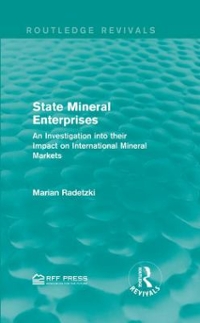Question
Microeconomics Problems on Uncertainty, Insurance In Mongolia, winters can be of two types, cold or very cold. If the winter is very cold, there is
Microeconomics Problems on Uncertainty, Insurance
In Mongolia, winters can be of two types, "cold" or "very cold". If the winter is "very cold", there is a probability = 0.5 that a farmer loses 90% of her livestock (sheep, goats etc.). If the winter is just cold, all the farmer's livestock survive. The probability of "very cold" winters is p = 0.2 (and therefore the probability of "cold" winters is 0.8). In other words, each winter the farmer in Mongolia faces the following lottery
l = 1000 with probability 1-(p) = 0.9)
= 100 with probability p = 0.1 ..................(2)
(b) Calculate the expected value of the lottery l
(c) Now assume that, before the winter begins (We are assuming that before the winter begins nobody knows if the winter will be "cold" or "very cold", but only that the winter will be "very cold" with probability p = 0.2)
a (risk neutral) insurance company offers a fairly priced policy. Also assume that the insurance company does not fix the coverage C, but lets the customer choose C. Under these assumptions, will a risk averse farmer buy insurance?
If so, how much coverage C will he choose? What is the premium?
(d) Now assume that before the winter begins, the farmer can take some actions that reduce the probability of losing the livestock (if the winter is "very cold"). In particular, assume that the farmer can take a binary action e (that is either e = 0 or e = 1). If she chooses e = 0, then = 0.5 (like before in the first part of the exercise), while if she chooses e = 1, then = 0.25; however choosing e = 1 is costly and reduces the income by (that is if e = 1, the income is I ). In other words, if e = 0 the farmer faces the same lottery as in (2), that is
le=0 = 1000 with prob. 1 (p) = 0.9
= 100 with prob. p = 0.1 ................(3)
However, if the farmer chooses e = 1, the lottery that she faces is now
le=1 = 1000 . with prob. 1 (p) = 0.95
= 100 with prob. p = 0.05
i. Assume that = 40. Would a risk neutral individual choose e = 1?
ii. For = 40, describe the set of all Pareto efficient allocations. Explain. (Note the farmer is risk averse and the insurance company is risk neutral)
iii. Show that if the action e is hidden, and the farmer is risk averse, it is impossible to achieve
the Pareto efficient allocation by trading (that is by buying and selling insurance policies)
Step by Step Solution
There are 3 Steps involved in it
Step: 1

Get Instant Access to Expert-Tailored Solutions
See step-by-step solutions with expert insights and AI powered tools for academic success
Step: 2

Step: 3

Ace Your Homework with AI
Get the answers you need in no time with our AI-driven, step-by-step assistance
Get Started


